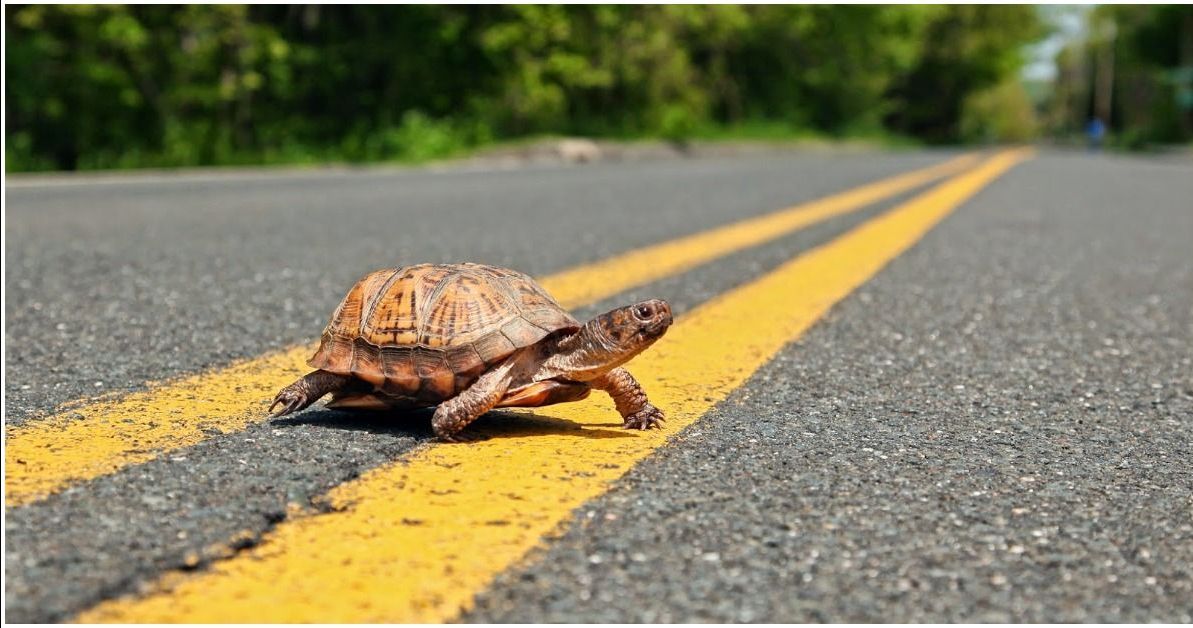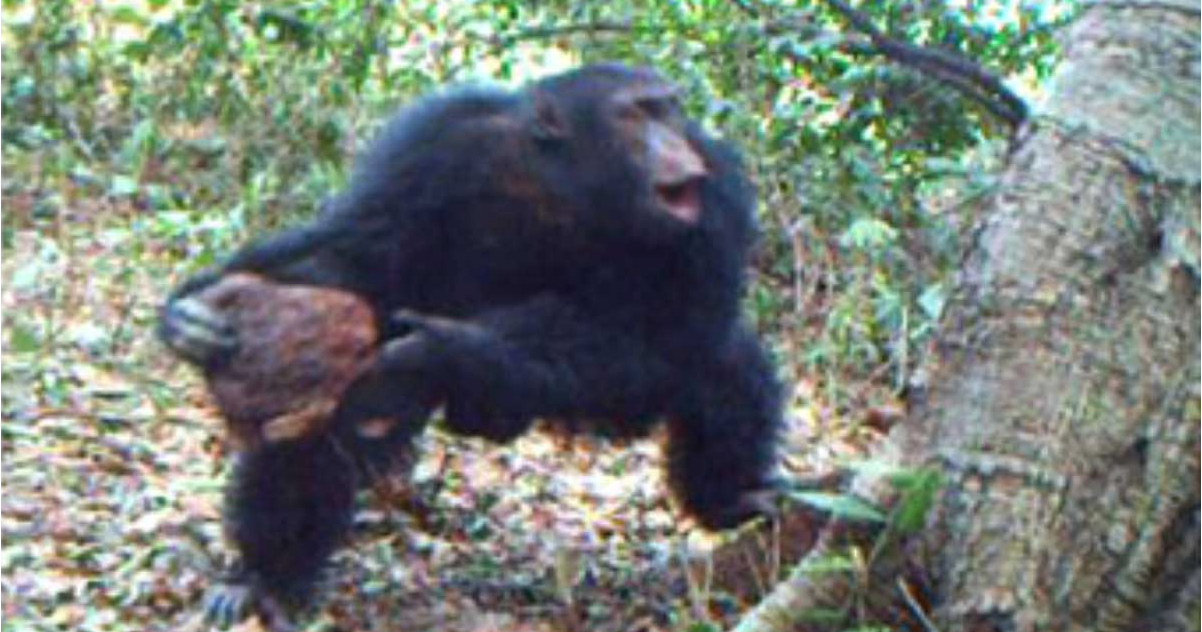It's the time of year when the road to cottage country is flooded with cars each weekend. But we often share the road with much smaller, slower travelers.
Wild turtles hit the highway in huge numbers each spring and summer, looking for places to lay their eggs.
Despite the tough shells on their backs, the turtle's slow speed makes it a moving target for cars and trucks.
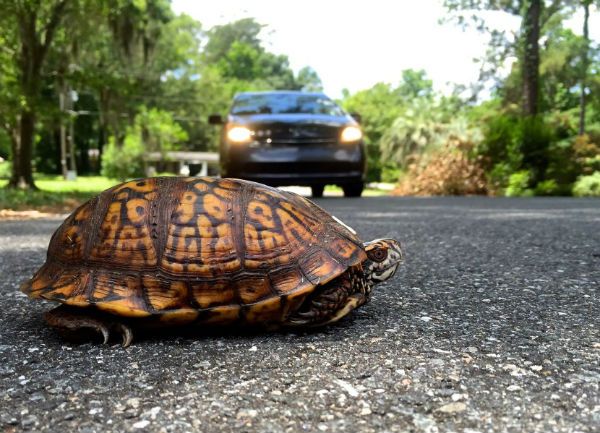
According to wildlife experts and state governments, thousands of turtles die making their journey each year, which has a huge impact on their population.
You can become a turtle protector by looking out for these critters on the road, and following these three steps to help them cross safely:
1. Don't turn them around
A turtle may look "lost" if it wanders onto the road, but it knows where it's going. The turtle is probably heading to the same nesting ground it has used for years or decades.
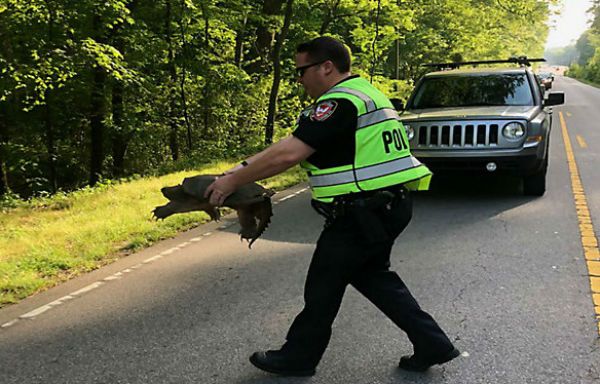
That's why you should never turn a turtle around, or leave it back on the side of the road where it came from. It will just keep trying to cross anyways.
Instead, you should quickly carry the turtle across the road, then set it down on the ground.
Spend as little time as possible carrying the turtle, just help it get out of the path of oncoming cars.
2. Handle the turtle safely
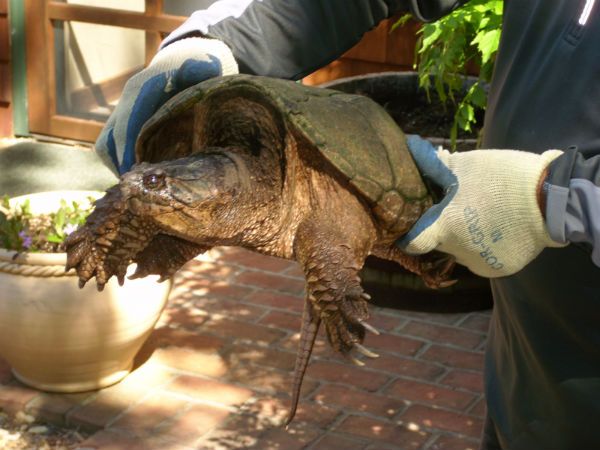
It's in both your best interest and the turtle's to carry them the right way.
Pick a turtle up close to the back of its shell - but not by its tail. Carry the turtle with two hands and set it down gently at its destination.
Do not handle a snapping turtle, which you can identify by its pointy beak, bumpy shell, and long tail.

A snapper can stick its neck out very far, and will not let go after it bites your fingers. It's not safe to carry them by the tail either.
If you insist on helping a snapping turtle, lift up their back legs and push them forward like a wheelbarrow. This keeps the risk of a bite low while protecting the soft underside of the turtle's shell.
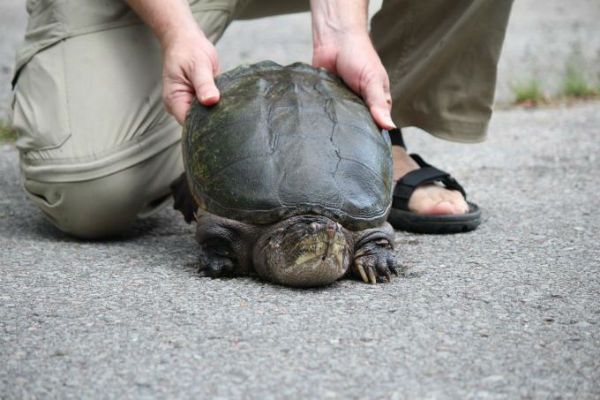
You should wash your hands after you pick up any turtle, both because they carry germs like salmonella and because they're known to pee on anyone who picks them up.
3. Stay safe
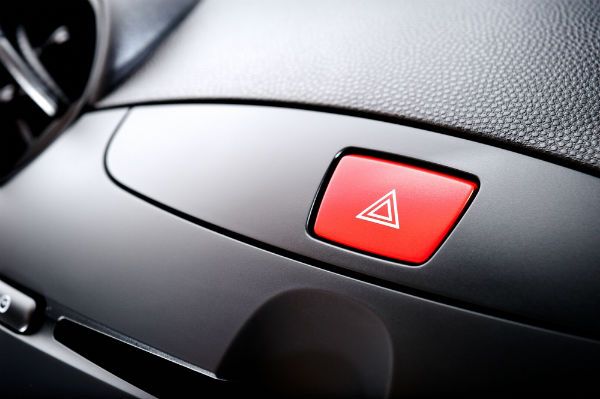
Turtle populations are seriously affected by cars and trucks, so every turtle is precious.
But so is your life, and you should never put yourself in harm's way for one turtle's sake.
Pull over to the side of the road before helping a turtle, and put on your hazard lights. Only stop when it won't cause a traffic hazard or put yourself or other drivers in danger.
What can I do if a turtle moves into my yard?
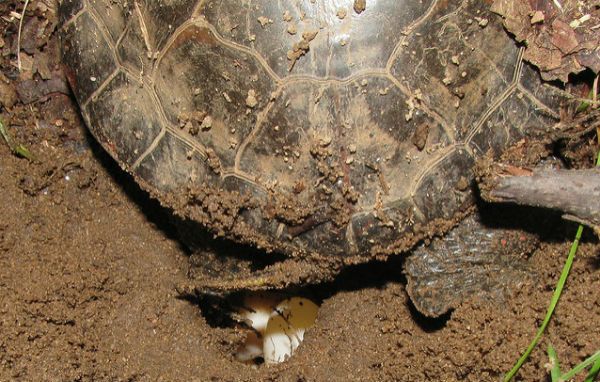
Turtles will travel long distances looking for the perfect nesting site, and they'll often cross paths with humans along the way.
Along with roads, turtles are often spotted in backyards or compost piles. They like sunny places with loose, sandy soil, especially near a source of water.
If you think a turtle is laying eggs in your yard, the best thing you can do is not disturb them. Try and keep children and pets away from the nest, but otherwise leave the reptiles alone.
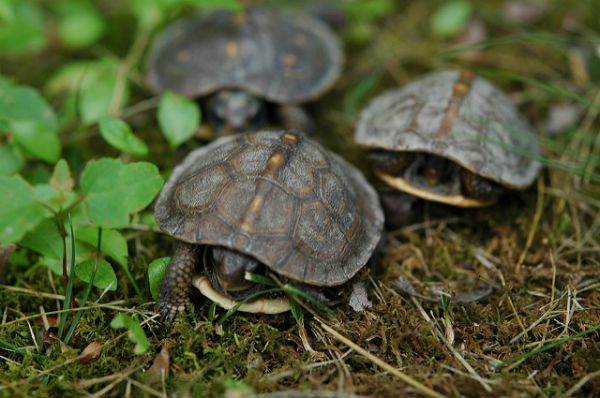
Some families like to put up fences to protect the turtles and their eggs from predators. But experts actually recommend letting nature take its course - turtles are part of the food chain too.
Wild turtles are not pets
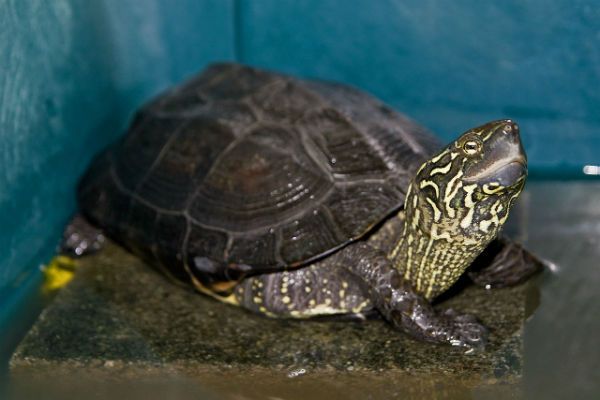
These days, it's not unusual to see a turtle for sale at your local pet store.
But these animals require a lot of care: they can develop nasty skin conditions, have a demanding diet, and can pass viruses like salmonella to their owners.
Turtles also grow to huge sizes and can live for decades, so being a turtle owner takes commitment.
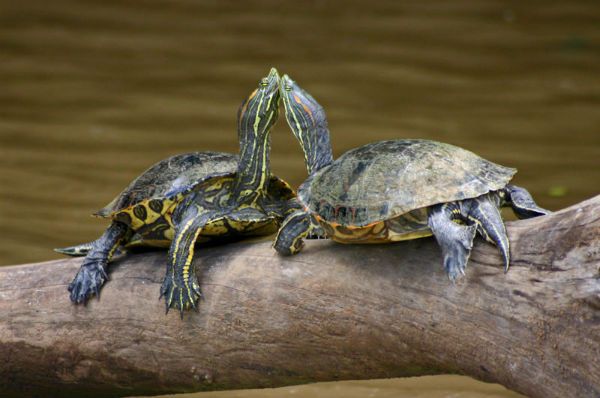
Even if you're ready for all that responsibility, it's never okay to take a wild turtle home.
It can take up to 10 years for a turtle to start reproducing, and they only lay one small clutch of eggs each year. In some species, only 1% of newborns will survive.
Now can you see why taking a healthy turtle out of the wild is so damaging to the turtle population?
Be a turtle protector
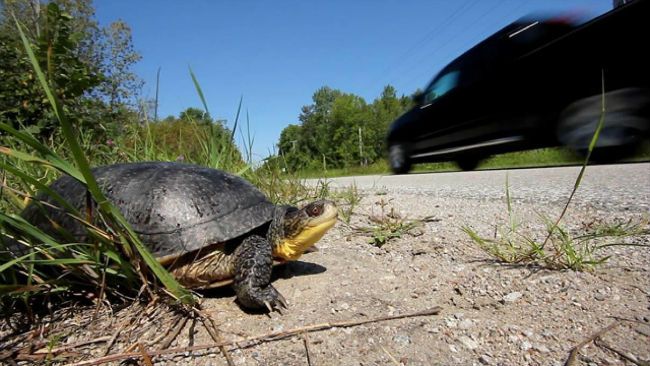
You don't need to rescue a turtle from an eight-lane highway to help these wild reptiles thrive. Look out for them all summer and warn others to do the same.
Keep an eye open for turtles while doing yard work. Keep your dog on a leash when you go hiking with them. And build turtle bridges along train tracks to help them cross safely.
Check if your state lets animal lovers report turtle sightings, to help wildlife experts protect them better.
Even if you see an injured turtle, call a local veterinarian or wildlife rehabilitation clinic. Sometimes a dying turtle's eggs can be incubated, so the hatchlings can be released back into the wild.
Let's all look out for turtles on the road this summer!
Here's what to do when you spot a rabbit's nest in your backyard.
And these tips will fill your garden with wild hummingbirds.
